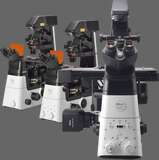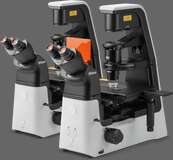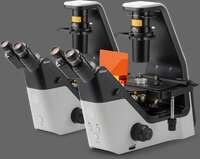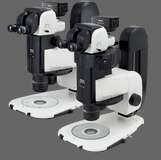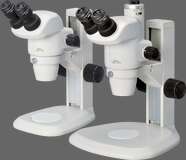- en Change Region
- Global Site
- Home
- Resources
- Applications
- Life Sciences
- Marine Biology
Applications
Marine Biology
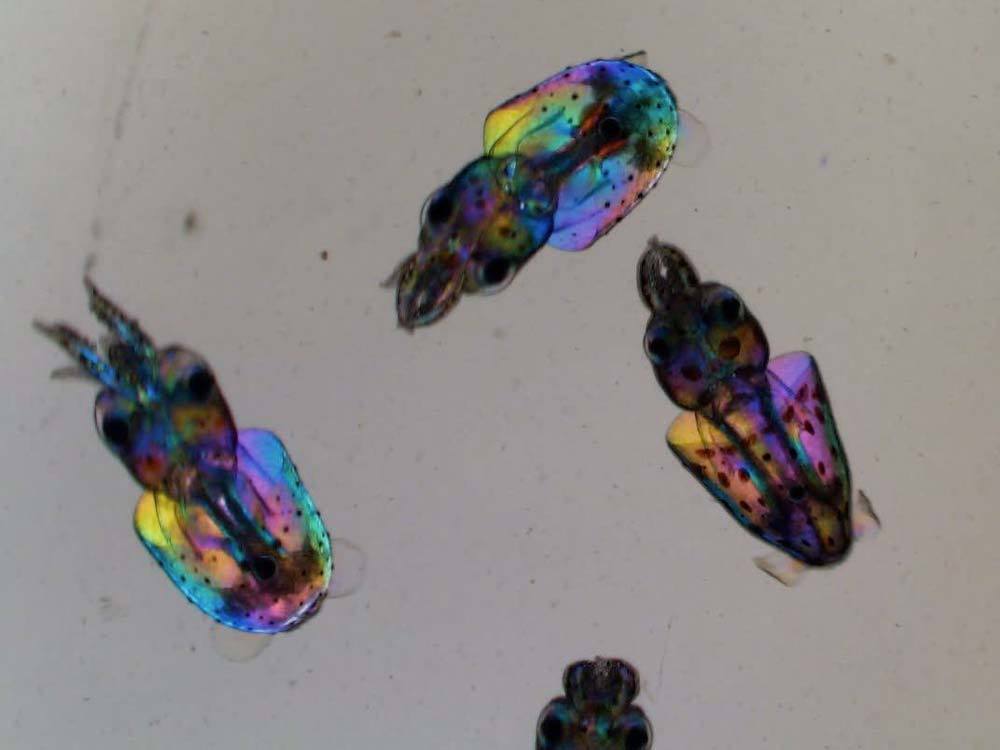
Polychromatic polarization movie of baby squids. Provided by Drs. Elizabeth Lee (University of Chicago) and Michael Shribak (Marine Biological Laboratory)
Research in marine biology covers scientific study of plants and animals inhabiting the world's oceans. These are classified on the basis of their environment rather than their taxonomy. Marine biology may also involve studies relating to food production, medicine, raw materials, recreation, climate and environmental studies.
Marine biology covers a vast spectrum of research areas that includes, for example, the identification and characterisation of marine viruses, the role of bacteria and plankton in marine food chains, bioluminescence in marine organisms, the adaptive biology of organisms living in extreme environments (depth, pressure, temperature, salinity, darkness), the ecology and evolutionary biology of marine organisms, and the use of marine organisms to monitor pollution and climate change.
Light microscopy is a fundamental tool for observing and characterising marine life in living, fixed and fossil organisms - in combination with the full range of biochemical. molecular and cell biology techniques. Stereomicroscopy is often used in the field to immediately observe organisms in sea water samples, while laboratory based methods using brightfield, fluorescence, confocal, reflected light, DIC and other phase contrast methods can be used to investigate the detailed structure and physiology of living and fixed specimens. Polarising microscopy can reveal the fine detail in the crystalline structure of some organisms such as diatoms and in thin sections of fossil remains.
- Home
- Resources
- Applications
- Life Sciences
- Marine Biology

